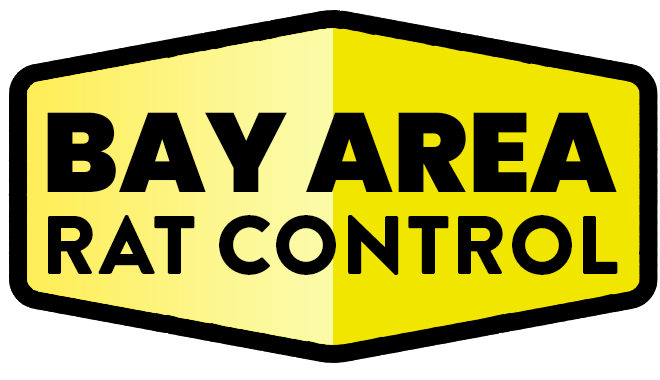Opening Thoughts
Preventing rat infestations requires more than basic cleaning and occasional traps. Advanced strategies focus on proactive, long-term solutions tailored to your property’s unique vulnerabilities. This guide explores cutting-edge methods and proven techniques to prevent rat infestations effectively, safeguarding your home or business from these persistent pests.
Why Advanced Strategies Are Essential
1. Rats Are Resilient
- Rats can adapt to changes in their environment and evade common control measures.
- Advanced strategies account for their intelligence and resourcefulness.
2. Long-Term Prevention
- Simple fixes may only provide temporary relief, while advanced methods offer sustained protection.
- Focus on creating a hostile environment for rats that discourages their return.
3. Protecting Health and Property
- Advanced strategies reduce the risk of diseases, contamination, and costly property damage.
Key Components of Advanced Rat Prevention
1. Structural Exclusion
- Identify Entry Points:
- Conduct a thorough inspection of walls, roofs, vents, and foundations for gaps, cracks, or holes.
- Seal Vulnerabilities:
- Use steel wool, heavy-duty caulk, and metal mesh to block potential entry points.
- Install Rat Guards:
- Fit guards around pipes, utility lines, and other potential access routes.
2. Integrated Pest Management (IPM)
- Holistic Approach:
- Combines exclusion, monitoring, and sanitation for comprehensive prevention.
- Eco-Friendly Focus:
- Reduces reliance on chemical treatments by emphasizing environmental modifications.
- Regular Monitoring:
- Use tracking powders, motion-sensor cameras, or bait stations to detect early signs of activity.
3. Advanced Detection Tools
- Infrared Cameras:
- Detect rats in hidden areas like walls or attics.
- Ultrasonic Monitors:
- Monitor rodent movements and alert you to activity.
- Digital Tracking Systems:
- Use smart traps with real-time alerts to identify high-traffic areas.
Advanced Sanitation Practices
1. Food and Waste Management
- Store food in metal or heavy-duty plastic containers with airtight seals.
- Use rat-proof trash bins and ensure timely removal of waste.
- Regularly clean grease traps, drains, and storage areas.
2. Environmental Modifications
- Landscaping:
- Trim overgrown vegetation and maintain at least a three-foot clearance around buildings.
- Storage Practices:
- Keep firewood, building materials, or debris elevated and away from structures.
- Eliminate Standing Water:
- Repair leaks and drain areas that collect water to remove hydration sources.
Technological Solutions
1. Ultrasonic Repellents
- Emit high-frequency sound waves that disrupt rats’ behavior and communication.
- Place in strategic locations to maximize effectiveness.
2. Smart Trapping Systems
- How They Work:
- Electronic traps equipped with sensors provide real-time notifications.
- Benefits:
- Reduce the need for frequent monitoring and increase trapping efficiency.
3. Automated Bait Stations
- Automatically dispense bait while minimizing exposure to non-target animals.
- Ensure continuous control with minimal maintenance.
Community-Based Prevention
1. Collaboration with Neighbors
- Shared Efforts:
- Coordinate with nearby properties to eliminate shared attractants like open trash bins.
- Awareness Campaigns:
- Educate the community about prevention techniques and early detection signs.
2. Professional Partnerships
- Pest Control Contracts:
- Establish regular services with licensed pest control providers for ongoing monitoring and prevention.
- Integrated Strategies:
- Professionals can customize solutions based on your property’s unique needs.
Mistakes to Avoid
- Ignoring Small Issues:
- Overlooking minor vulnerabilities allows rats to gain a foothold.
- Overreliance on Single Methods:
- Combining multiple strategies is key to effective prevention.
- Delaying Professional Help:
- Persistent or recurring issues require expert intervention.
Costs of Advanced Prevention Strategies
Factors Influencing Costs
- Property size and layout.
- Frequency of professional services.
- Inclusion of advanced technologies like smart traps or ultrasonic systems.
Typical Costs
- Structural Exclusion: $500–$2,000 depending on the extent of repairs.
- Integrated Pest Management Plans: $1,000–$3,000 annually.
- Advanced Monitoring Systems: $1,500–$4,000 for installation and ongoing service.
Final Thoughts
Advanced strategies for rat infestation prevention offer comprehensive and long-lasting protection. By investing in proactive measures such as structural exclusion, integrated pest management, and technological solutions, you can create an environment that is unwelcoming to rats. Partnering with professionals and collaborating with your community ensures sustained success, protecting both your property and peace of mind.
Relevant Links/Sources:
Integrated Pest Management Strategies – EPA
Using Technology in Pest Control – NPMA
Holistic Rodent Control Methods – PestWorld
